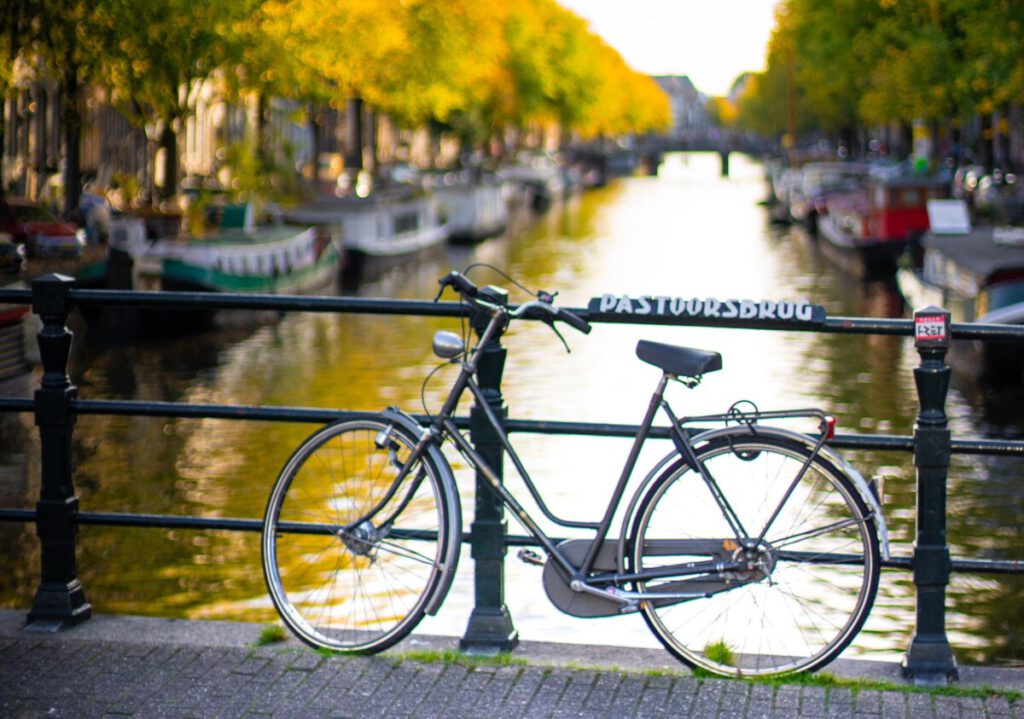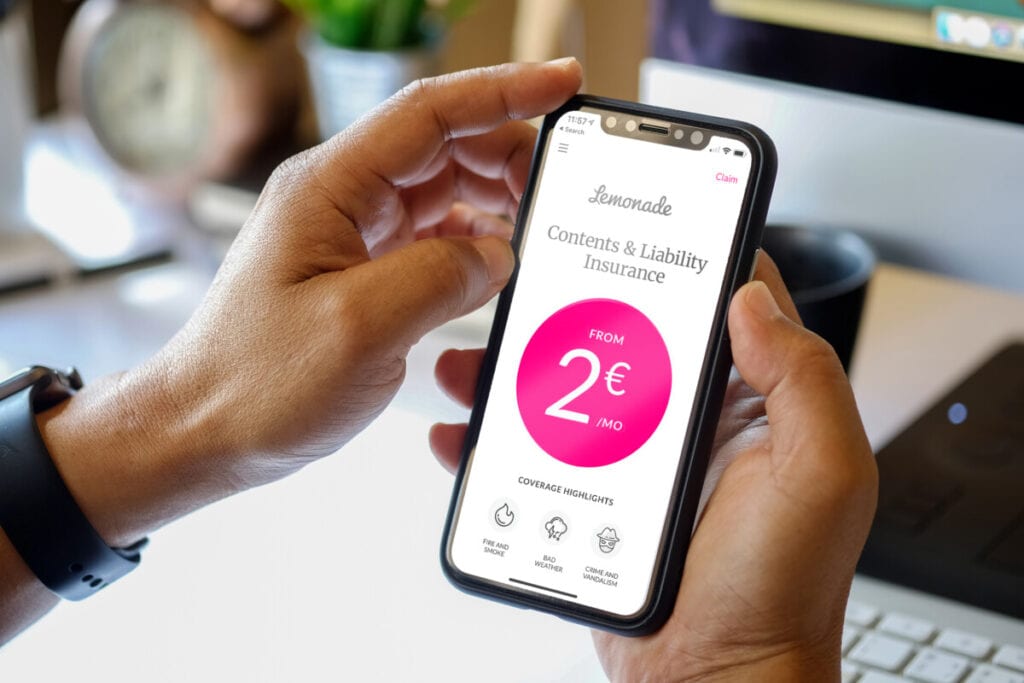If you’re looking to move to the Netherlands, you may need to catch up on all the insurances that are available to you. Some are more obvious than others, and some are downright compulsory.
But there’s no need to panic, let’s quickly run through all that you need to know about insurance in the Netherlands.
The Dutch and insurance
There is much that you will learn about the Dutch upon arrival in the Netherlands. They’re straight-talking, they’re tall and you can guarantee that they’re well covered when it comes to insurance.
While some countries will happily let their citizens stumble around without insurance *throws a judging glance in the general direction of the United States* the Netherlands is not about that life.
Insurance is often fairly priced and those who struggle to pay can even avail of toeslagen (government aid payments.) As well as this, certain insurances — such as health insurance and car insurance — are downright compulsory, meaning almost every citizen you come across in the Netherlands is covered should they need help in life.
Insurances you need when moving to the Netherlands
The answer is obvious to many, life happens no matter where you are and life involves illness, accidents and — to spice it up — sometimes a dash of grand-theft auto. If you’re willing to take the risk and not insure yourself, think again, sometimes you have no choice in the matter.
Health insurance: an absolute must
Certain insurances such as health insurance, are compulsory in the Netherlands. If you come to the Netherlands to work or live here for the long-term, you are required to take out health insurance.
If you’re lazy or feather-brained and don’t take anything out within four months, you will receive a letter from the Dutch Healthcare Institute (CAK) asking you to take out health insurance within the following three months. If this letter is ignored, you must pay a penalty and are given a further three months, and if this fails to kick you up the tush — you will receive a further penalty. The government will assign an insurance policy to you at this point and the monthly premium will always be higher than if you had just set up the insurance yourself.
Once you find a suitable policy, you will pay a monthly premium (determined by what exactly you want covered) that usually amounts to around €100-€120 per month. If you struggle to pay this premium, you can always apply for the zorgtoeslag, an allowance that helps people below a certain income to cover their premiums.

Contents insurance
What would you do if someone ran into your house and took a baseball bat to your brand new flatscreen? Cancel your Netflix subscription? No need to if you take out contents insurance. Not sure what contents insurance is? You can learn more about this type of insurance and it’s coverage below.
Under contents insurance policies, such as those offered by Lemonade, your household items are covered for any damage caused by vandalism, fire and water damage.
Need to escape the miserable Dutch weather? That’s understandable. Lemonade’s contents insurance will take care of your valuables even if they get damaged while you’re on holiday. Hopefully, your bad luck won’t haunt you whilst you’re soaking up the sun, but if it does — it’s good to know you’re covered.
It’s probably not the first thing that springs to mind when you think of moving to the Netherlands, but insuring your household items, and not just your house is definitely worth considering — especially when it’s so affordable.
How affordable you may ask? Insurance companies such as Lemonade can offer contents insurance starting from as little as two euros per month! Think of all those cappuccinos you buy: sacrifice one per month to better judgement and cover your precious household items, just like a real adult.
Insure your phone against damage and theft
Did someone walk into your house, look at your phone longingly and decide that if they can’t have it, no one can — before taking a hammer to it?
Lemonade’s contents insurance can also extend to cover your phone. Your phone is covered against things such as fire, windstorm and vandalism.
The company also offers an anti-theft add on for their contents insurance. This will cover your items, including your phone, that are stolen both inside and outside of the house. Did a pickpocket make a run for it with your iPhone? Don’t bother endangering yourself (and others) by hopping on your bike in hot pursuit — it’s already covered.
Bike coverage under contents insurance
Speaking of bikes, if there is any crime that is most likely to affect you upon arrival to the Netherlands, it’s bike theft. Dare I say, you haven’t been truly integrated if your bike hasn’t been stolen. It’s like an initiation to the Netherlands.

The people at Lemonade must have quickly learned this too, because according to their contents insurance Policy 2.0 — a radically simplified, modernised, and digitised policy written for the 21st century — your bike will also be covered outside of your home if you take out an anti-theft or All-risk add-on.
Of course, this is provided that you use a decent lock — more specifically an ART approved lock (ART is a foundation that rates bike locks) which has been given at least two stars. Didn’t lock your bike at all? Well, honey, that’s on you.
Home insurance
What’s also important, is to note the difference between home insurance (opstalverzekering) and contents insurance (inboedelverzekering.)
Let’s picture your favourite apple pie (bear with me while I explain.) Home insurance (opstalverzekering) covers the structure of your house — like a pie crust. Whereas contents insurance (inboedelverzekering) covers items that would usually be left in your home — like the delicious filling.
This means that basically anything you can pick up and take with you if you were to move house, will be covered by contents insurance — but not the actual house. You need home insurance for that.
Home insurance covers the various structures that make up your house — such as the chimney, the roof and the windows. If a particularly bad storm sends a tree trunk flying through your roof, for example, the damage would be covered by your home insurance.
In the Netherlands, home insurance or opstalverzekering is not technically compulsory. However, very often if you’re applying for a mortgage, it is required that you take out a policy. Sneaky, but smart.
Car insurance
Car insurance is also legally required in the Netherlands. When you own a car in the Netherlands, you are required to cover it for at least any damage or injury that you may inflict on others. This is called third-party insurance or, as the Dutch call it, WA-verzekering.
Unlike some countries, in the Netherlands you insure the car, not the driver. This means that your friend can legally drive your car — provided they have a licence of course! However, you would be the one to pay up should they cause any damage as it would be your name under the car’s insurance. Capeesh?

You can also insure your car further by taking out WA Plus which insures it for damage caused by fires, storms, theft, vandalism or — dare I say — collision with animals.
If you’re worried about any damage that you may cause to the car, you’ll need to take out an all-risk policy (allriskverzekering). This will cover you for all damage, including yours should you accidentally take the car for a dip in the canal.
Life insurance
Life insurance is not compulsory in the Netherlands but if accidentally nosediving a vehicle into a canal is something you often worry about — then life insurance may be something to consider.
There are multiple variations of life insurance, enough to warrant their own article, but on a basic level, life insurance will offer your family/partner financial compensation in the event of your own death.
Taking out life insurance is not technically required, but aside from the obvious benefits — life in the Netherlands can certainly be easier if you have it. This is especially the case if you are looking to take out a mortgage for example. Some mortgage providers require that you take out life insurance so as to ensure that the mortgage can be covered in the event of your death.
Other insurances in the Netherlands
The above are some insurances that you’ve likely already heard of but did you know that you can insure your bike against more than just theft? Or yourself for certain damages you may cause? Here are some helpful little extras that you may not have known about.
Liability insurance
Liability insurance is also something you should consider taking out when moving to the Netherlands. Are you ready for those cycle paths? “Sure” you say as you fail to indicate which way you’re turning for the 15th time today.
In spite of your confidence, sometimes those cycle paths — and the people on them — aren’t ready for you. One day you may cut across someone on a mobility scooter. Next thing you know, you have a broken side-mirror to pay for.

This is where Lemonade can help once again. Their liability insurance in the Netherlands will cover you for damages done to someone or their property. You can choose between a €1,250,000 liability coverage or a €2,500,000 coverage. This handy insurance is also affordable, with policies starting at €2 per month.
Bike insurance: cover your bike against more than theft
Your brush with death — or to be a little less dramatic, your brush against that mobility scooter — may have also left your bike with some damage. Whilst your bike may be covered for theft under certain contents insurance policies, if you want full coverage, you’re going to need bike insurance. And boy have you come to the right country for that.
There are many insurance companies that found it was worth their time setting up bike insurance policies for those living in places such as the Netherlands, Luxembourg and Belgium. Most policies offer coverage against theft, damage and breakdown.
For these policies, you usually pay an annual fee instead of a monthly. Prices range from €30 to €60 depending on your bike and what it is you want covered.

Interested in Lemonade? |
| Do you relate far too well to some of these unfortunate experiences? Perhaps it’s time to take out contents and liability insurances. Lucky for you, Lemonade’s sign up is easy.
The best thing about setting yourself up is that you don’t even need to get off the couch. What do you do then? Simply open the Lemonade app or head to Lemonade’s website and answer a few questions from AI Maya. Maya will then offer you a personalised quote that you can adjust to meet your actual needs. Everything is digital, fast and with no paperwork involved. As an adult, you’re allowed to treat yo-self, but as an adult, you also need to start thinking about things such as insurance. Combine these two standards, get yourself affordable coverage and use whatever is leftover to buy yourself that hardback book you’ve had your eyes on. |
Learning the ropes of adulthood can be difficult, especially when it comes to setting yourself up for insurance. Fortunately, the Netherlands offers plenty of accessible insurance policies for expats. So what’s stopping you? Get yourself covered!
Feature Image: DutchReview (Abuzer van Leeuwen)

Perhaps one very important thing to mention about lending your car or any other motorvehicle to a friend. If your friend causes an accident, it’s more than likely that they will have damaged your vehicle too. Contrary to common belief your friend can’t be held liable for that damage to your car. Their legal liability insurance (WA verzekering) will simply deny your claim telling you that damages to vehicles are not covered. And if you’re considering to take your friend to court over this, you’ll be disappointed too, because no judge in the Netherlands will tell your friend to pay unless you can proof that deliberately caused the accident. On top of that your insurance will cover the damages of any third party if they consider your friend liable, which will reflect in a higher premium for you for years to come. So either put down in writing that your friend accepts full responsibility and liability if he damages your car, or tell your friend to rent one. Unless your friend is Jeff Bezos, you’d be wiser to choose the second option. The costs of fixing damaged cars are ginormous in the Netherlands.